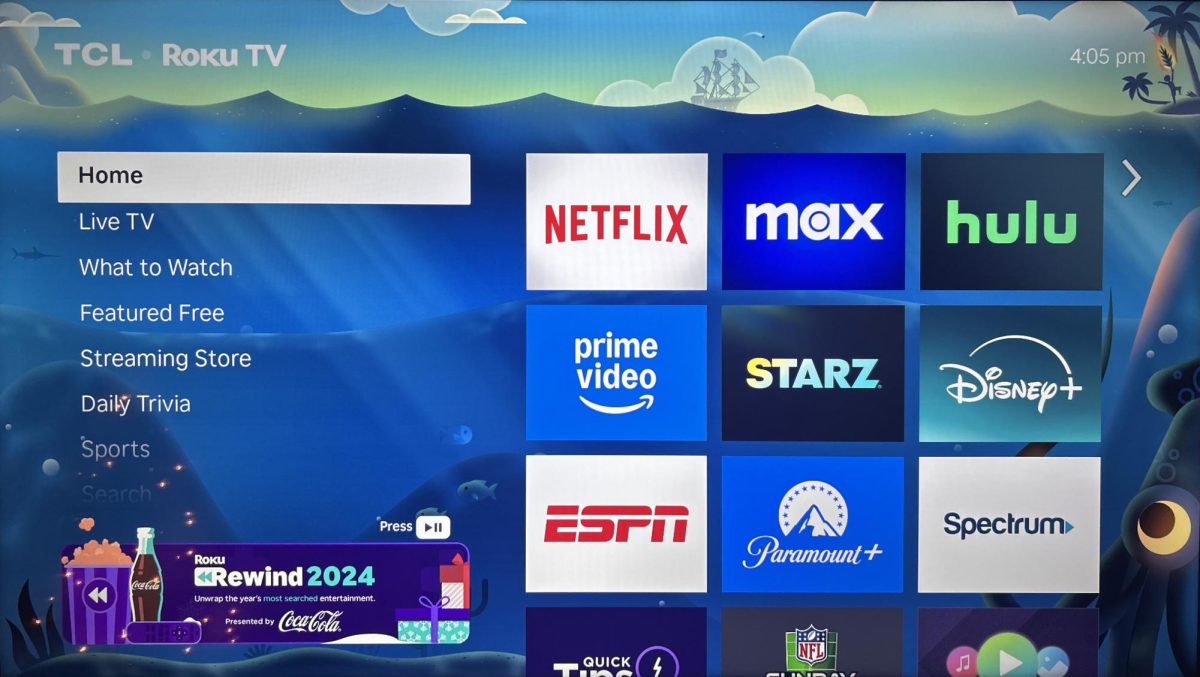
When a person enters a room, there’s often a pause as heads twist toward the door to see who’s there.
Onlookers might momentarily observe or even smile. But what are they thinking? Well, it depends on how you look.
Appearances have an effect on how people treat each other. Whether it’s crazy eyes, lazy eyes, baby face, “chronic bitch face,” Nike swoosh brows, new skin, old skin or even a defining childhood scar, people’s opinions and perceptions will vary based on these sort of traits.
Of course, first impressions can be swayed by clothing, hairstyles and other material things. But physical features, those which aren’t easily subject to change, can be a deciding factor in whether people will be inclined to approach or stay away.
No matter what people’s opinions are, I tell myself my face is my face — it’s never going to change.
It took me a long time to really understand my features. After nonconsecutive hours of glances and hard stares in the mirror, I developed a better understanding of how others might perceive me at first glance.
People will assume the character by the characteristics. I’ve been witness to and guilty of deciding whether or not to approach someone based on what they look like.
A lot of this preconditioning for interacting with people based on their features comes from what we know and what we’re used to.
“Thin-slicing,” a term coined in 1992 by two psychologists, Nalini Ambady and Robert Rosenthal, implies we have the ability to infer something about a stranger’s personality after brief encounters. Fusiform gyrus, a network in the brain that perceives faces and filters information for purposefulness or survival threats, dictates “thin-slicing.”
Thin-slicing could be the reason we are drawn toward people who are more attractive, respect people who appear authoritative, or rebuke those who come across as rough-around-the-edges.
People may assume a pretty, young blonde is popular and well liked. The could perceive a pale redhead with bad skin to be the opposite.
We label people “beautiful,” “exotic” or “handsome,” then assume they may be more interesting or appreciated by others because of their good looks.
We also assume labels like “nerdy,” “loser” and “awkward” apply to people who may not be as handsome or beautiful.
Whatever our definition of “normal-looking” may be, we tend to stick to it.
Those who seem aesthetically foreign or lie outside our realm of “normal-looking,” often cause hesitation to interact with or approach.
Being aware of this is important, but so is taking that next step to say, “hello.”
Julianna Eveland can be reached at [email protected] or @janeca12 on Twitter.








